Frequently Asked Questions
Please arrive 15 minutes early to your FIRST appointment.
Is my therapist licensed?
Our Physical Therapists (PT’s) and Physical Therapist Assistants (PTA’s) are licensed by the state of North Carolina.
Why should I choose a private practice physical therapist?
We believe that we can provide you with the highest quality of care available and do it in a cost-effective manner. You will work closely with your physical therapist. Your case will be managed by the same physical therapist from the beginning to the end of your experience with us.
Can I go to any physical therapy clinic?
In most cases, you have the right to choose any physical therapy clinic. Our practice is a provider for many different insurance plans. Simply give us a call and we will attempt to answer all of your questions.
Can I use a prescription from a physician from another state?
Yes, you can.
Can I use a prescription from another facility to attend physical therapy treatment at BiG ROCK Physical Therapy?
Yes, you can.
What happens during my first visit?
During your first visit you can expect the following:
- When you arrive for your appointment, you will complete some important paperwork. You may download the forms from our website: see the paperwork or forms link.
- You will need to provide us with your prescription for physical therapy if you are not initiating care via Direct Access. What is Direct Access? Find out more.
- We will copy your insurance card and identification.
- You will be seen for the initial evaluation by the therapist.
- The therapist will then formulate a list of problems you are having and how to treat those problems. An individualized plan is subsequently developed for each patient. This plan is created from your input, your therapist and your doctor.
The therapist will discuss the following:
- Your medical history.
- Your current problems/complaints.
- Pain intensity, what aggravates and eases the problem.
- How this is impacting your daily activities or your functional limitations.
- Your goals for physical therapy.
- Medications, tests, and procedures related to your health.
The therapist will then perform the objective evaluation which may include some of the following:
- Palpation – touching around the area of the pain/problem. This is done to check for the presence of tenderness, swelling, soft tissue integrity, tissue temperature, inflammation, etc.
- Range of Motion (ROM) – the therapist will move the joint(s) to check for the quality of movement and any restrictions.
- Muscle Testing – the therapist is checking for strength and the quality of the muscle contraction. Pain and weakness may be noted. Often the muscle strength is graded. This is also part of a neurological screening.
- Neurological Screening – the therapist may check to see how the nerves are communicating with the muscles, sensing touch, pain, vibration, or temperature. Reflexes may be assessed as well.
- Special Tests – the therapist may perform special tests to confirm/rule out the presence of additional problems.
- Posture Assessment – the position of joints relative to each other may be assessed.
The therapist will then formulate a list of problems you are having, and how to treat those problems. A plan is subsequently developed with the patient’s input. This includes how many times you should see the therapist per week, how many weeks you will need therapy, home programs, patient education, short-term/long-term goals, and what is expected after discharge from therapy. This plan is created from input from you, your therapist, and your doctor.
What do I need to bring to my first visit?
Make sure you bring your physical therapy referral (provided to you by your doctor), your payment information and identification such as your driver’s license.
If your insurance is covering the cost of physical therapy, bring your insurance card.
If you are covered by Workers’ Compensation, bring your claim number and your case manager’s contact information. If you are covered by auto insurance or an attorney lien, make sure you bring this information.
What should I wear?
You should wear loose fitting clothing, so you can expose the area that we will be evaluating and treating. For example, if you have a knee problem, it is best to wear shorts. For a shoulder problem, a tank top is a good choice. For low back problems, wear a loose fitting shirt and pants.
How long will each treatment last?
Your initial treatment session will typically last 60 minutes.
Subsequent treatment sessions will typically last 45 minutes.
How does the billing process work?
Billing for physical therapy services is similar to those at your doctor’s office. When you are seen for treatment the following occurs:
- Our charges are based on CPT (Common Procedure Terminology) codes.
- Codes are transferred to a billing form that is either mailed or electronically communicated to your insurance company/ payer.
- The payer processes this information and makes payments according to an agreed upon fee schedule.
- An EOB (Explanation of Benefits) is generated and sent to you and Big Bock Physical Therapy with a check for payment and a balance due by you.
- You are expected to make payments on the balance, if any. Installment plans can be arranged through our billing office.
Will I know if my insurance pays for physical therapy?
As a courtesy, when you arrive at our office, a staff member will gladly assist you with contacting your insurance carrier to obtain your coverage and benefits information.
Each patient’s coverage can be different. It is ultimately the patient’s responsibility to know and understand their insurance coverage.
There should be a toll free number located on the back of your insurance card to call and obtain your benefits coverage for outpatient physical therapy.
What type of payment methods do you accept?
We gladly accept Cash, Check, Money Orders, Visa , MasterCard and we also accept American Express. A 3% fee will be applied to all credit card transactions.
If a personal check is returned as NSF- non-sufficient funds, you will owe the full amount in addition to a $25 dollar banking fee. These payments will not be payable by a personal check along with any future payments.
NEW PATIENT FORMS
For your convenience, you may print and complete these forms prior to your first visit.



